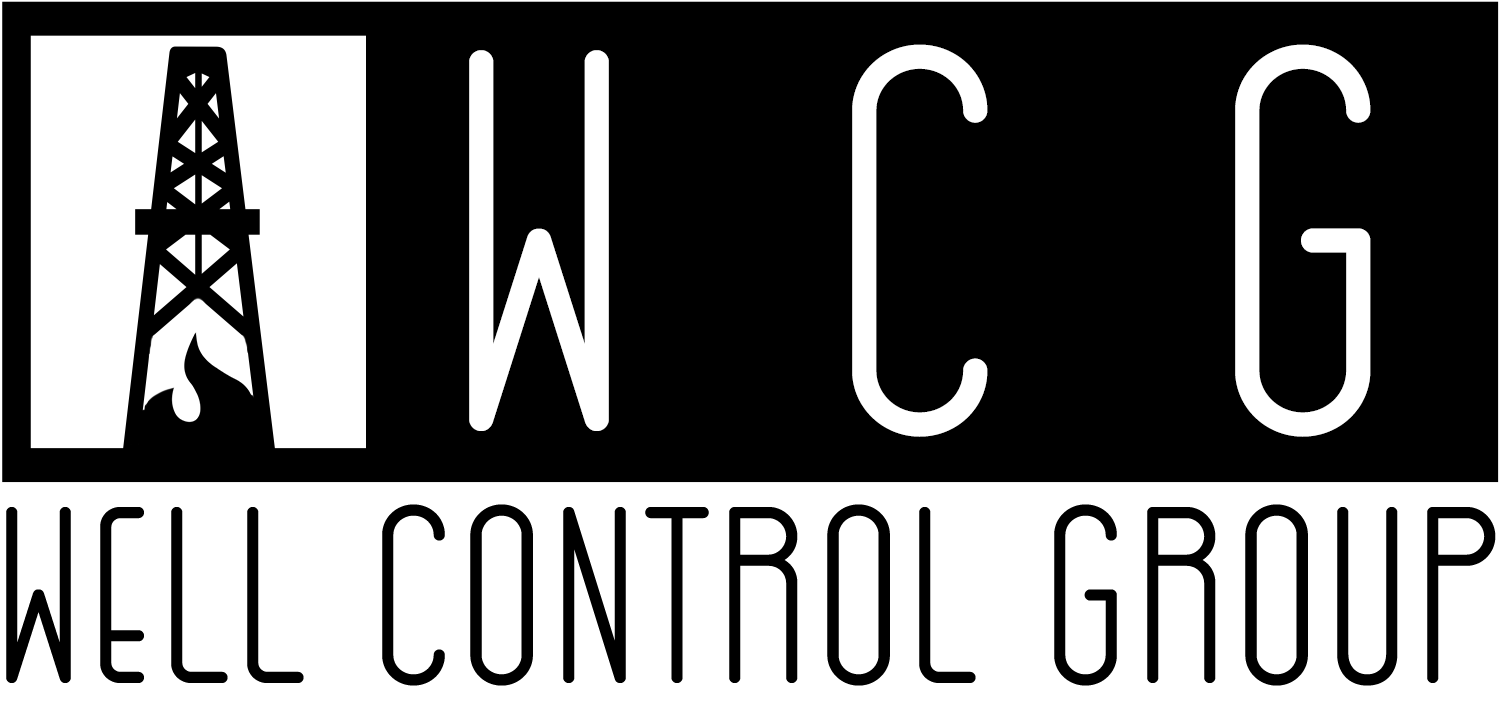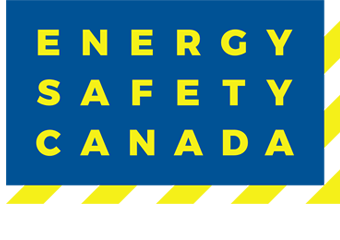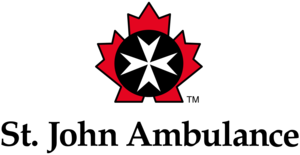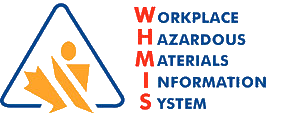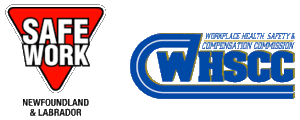Rigging and Slinging and Banksmen
TO REGISTER FOR THIS COURSE, A CANDIDATE NEEDS TO PROVIDE
A valid email address.
Introduction
This course is designed to familiarize workers with basic Rigging and Slinging concepts, the proper uses of slings and associated rigging equipment as well as the proper pre-use inspection procedures for rigging equipment. Safe Rigging Practices as well as load weight estimation and the importance of proper sling angles are also covered in order to give participants the skills needed to safely preform the job of Rigger/Signaler/Banksman. Safe lifting practices and procedures making lifts with cranes as well as manually operated devices will also be demonstrated and practiced.
Course Information
Duration: 3 day course
Components: Theory and Practical
Course Outline
Chapter 1: Rigging Procedures and Precautions
• Responsibilities
• Procedures and Precautions
• Determining Load Weights
• Centre of Gravity
Chapter 2: Wire Rope
• Introduction
• Care and Maintenance of Wire Rope
• Inspection of Wire Rope
• Wire Rope Sling Configuration
• Factor of Safety
• Safe Work Practices when Using Slings
• Care and Maintenance of Wire Rope Slings
• Inspection of Wire Rope Slings
Chapter 3: Slings
• Introduction
• Sling Configurations
• Slings Angles
• Safe Working Loads
• Synthetic Webbing Slings
Chapter 4: Chain Slings
• Introduction
• Chain Sling Configuration
• Safe Working Loads
• Safe Work Practices
• Chain Sling Hardware
Chapter 5: Rigging Hardware
• Shackles
• Turnbuckles
• Wire Rope Grabs
• Blocks
• Eyebolts
• Hooks
• Thimbles
• Sockets
• Sheaves
Chapter 6: Hand Signals
• Introduction
• Precautions and Procedures
Chapter 7: Knots, Bends and Hitches
• Introduction
• Square/Reef Knot
• Heaving Line Knot
• Figure-Eight Knot
• Bowline
• French Bowling
• Bowline on the Right
• Running Bowline
• Fisherman’s Bend
• Sheet Bend
• Double Sheet Bend
• Carrick Bend
• Diamond Carrick Bend
• Cat’s Paw
• Timber Hitch
• Sheepshank
• Clove Hitch
• Ropes
• Three Strand Splice (Short & Long)
Chapter 8: Color Coding of Rigging Equipment
• Introduction
• Sample Color Code
Chapter 9: Radio Communication in Rigging
• Introduction
• Safe Use of a Radio
• Sample of Radio Direction
Chapter 10: Jacks, Rollers and Related Devices
• Ratchet Jacks
• Hydraulic Jacks
• Safe Practices for Jacks
• Rollers
• Safe Practices for Rollers
• Inclined Plans
Chapter 11: Hoists, Winches and Related Devices
• Introduction
• Anchorage Points
• Chain Hoists
• Lever-Operated Hoists and Come-Alongs
• Grip-Action Hoists or Tirfors
• Electric Wire Rope Hoists, Electric Chain Hoists, and Pendant Cranes
• Winches
• Locating Drum Anchorage Point
Chapter 12: Hoists, Winches and Related Devices
• Introduction
• Anchorage Points
• Chain Hoists
• Lever-Operated Hoists and Come-Alongs
• Grip-Action Hoists or Tirfors
Chapter 13: Occupational Health and Safety Regulations
• Part XIV – Section 287 – 345
• Part XV – Section 346 – 372
• API RP2D Standards are available for review in class
Exam
Practical
Practical component of 3 Day Rigging, Slinging and Banksman course consist of thorough inspections of 12 different pieces of equipment covered in course. These equipment inspections cover shackles, wire rope slings, synthetic slings, chain, turnbuckles, pad eyes, beam clamps, beam trolleys, chain hoists, lever hoists, snatch blocks, eye bolts and tirfors. Day 3 consists of lift planning and moving loads with hand operated equipment such as lever and chain hoists, proper rigging procedures, use of knots and tag lines will be practiced as well. Once all lifts are completed, students will then use a crane to practice rigging loads, handling loads and signaling loads in an outside environment.
